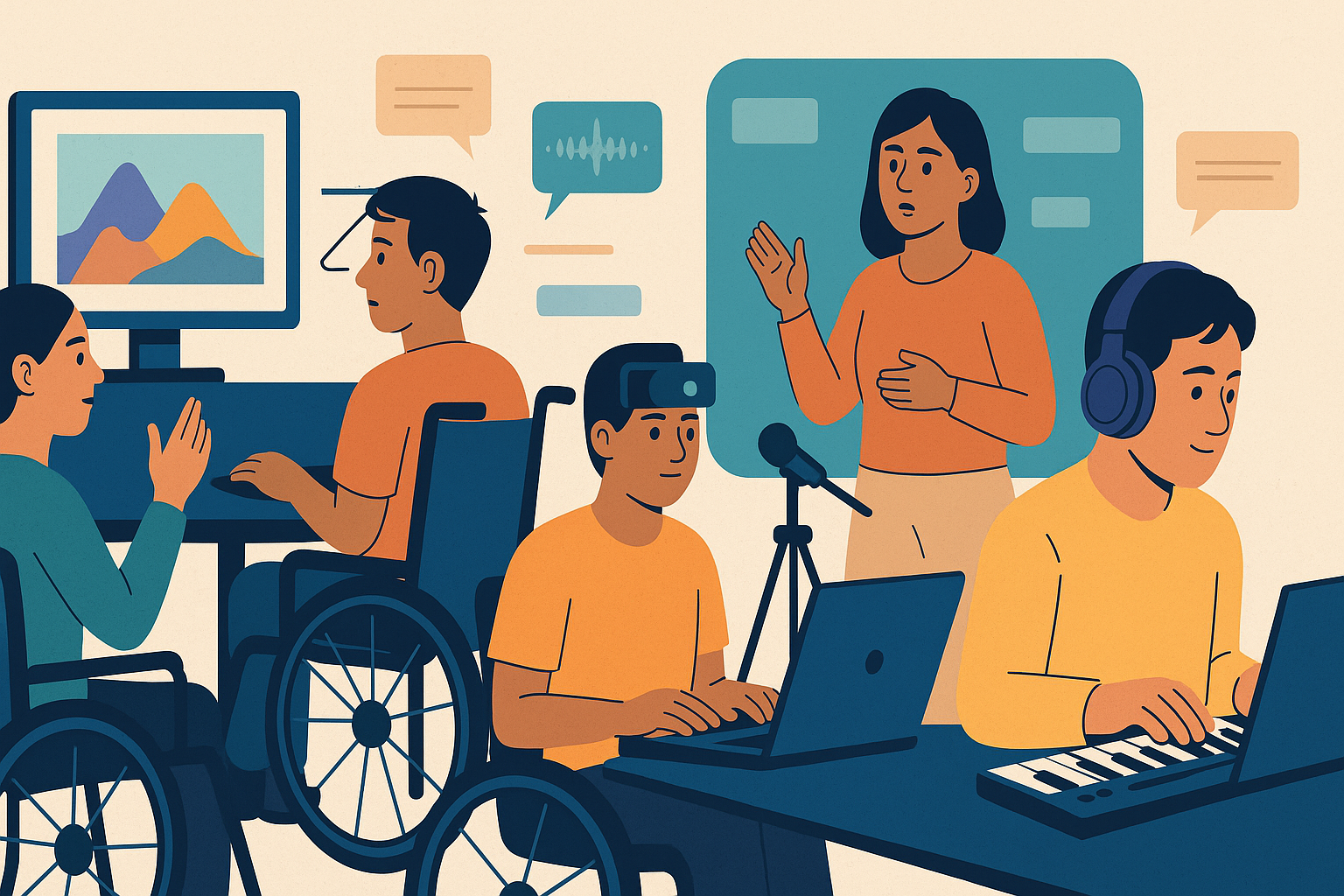
While artificial intelligence is often recognized for driving productivity and automating tasks, it is also transforming lives in more profound, personal ways—especially among India’s disabled community. In 2025, a growing number of disabled creators in India are using AI tools to overcome communication, mobility, and creative barriers. The result? Art, writing, and videos that are not just innovative—but deeply human.
The Accessibility Revolution: AI Tools for Disabled Creators in India
AI is powering a quiet but powerful revolution, unlocking creativity and access for people with disabilities. Here’s how:
-
Text-to-Image Generation
Platforms like DALL·E and Midjourney enable hearing- and speech-impaired users to visually communicate ideas—without needing to type or speak complex commands. -
Eye-Tracking and Predictive Text
For individuals with limited mobility, AI eye-tracking software paired with smart predictive typing tools makes it possible to write blogs, code, or stories—just using eye movements. -
Speech-to-Text and AI Captioning Tools
Deaf and hard-of-hearing creators are now captioning their YouTube videos and live streams in real time, thanks to AI-powered speech-to-text tools—helping them reach wider audiences.
Real Stories, Real Impact: Disabled Creators Leveraging AI
-
Anjali, a deaf artist in Bengaluru, transforms hand signs and color cues into stunning digital paintings using an AI art generator.
-
Raj, living with cerebral palsy, writes insightful Twitter threads using an eye-controlled keyboard and AI text enhancement tools.
These are just two examples of how AI is enabling disabled creators in India to express themselves and build online communities.
From Accessibility to Expression: AI as a Creative Partner
Beyond assistance, AI tools are enhancing creative possibilities for many disabled artists and influencers. Common uses include:
-
Virtual performances with AI avatars
-
AI-assisted music composition
-
Scriptwriting and short films using generative AI
For these creators, AI is not just a tool—it’s a bridge to representation and identity in the digital space.
Challenges That Still Exist
Despite the progress, several barriers remain:
-
Affordability: Many AI accessibility tools come with high subscription costs.
-
Language Bias: Most AI tools are English-centric, limiting accessibility for regional language users in India.
-
Discoverability: Algorithms often favor mainstream content, leaving disabled creators underrepresented.
The Road Ahead: Inclusive AI for All
To truly empower disabled creators through AI, India’s tech and policy ecosystem must take proactive steps:
-
Develop regional language support in AI tools
-
Provide funding for assistive technology startups
-
Launch inclusive creator programs on platforms like YouTube, Instagram, and X (formerly Twitter)
Conclusion: Building an Empathetic Internet with AI
The use of AI tools by disabled creators in India is a testament to how technology, when designed inclusively, can drive creativity, identity, and representation. By bridging accessibility gaps and amplifying voices often unheard, India is paving the way for a more empathetic, inclusive digital future.
Read More: The Future of AI in India: Transforming Innovation, Jobs, and Daily Life


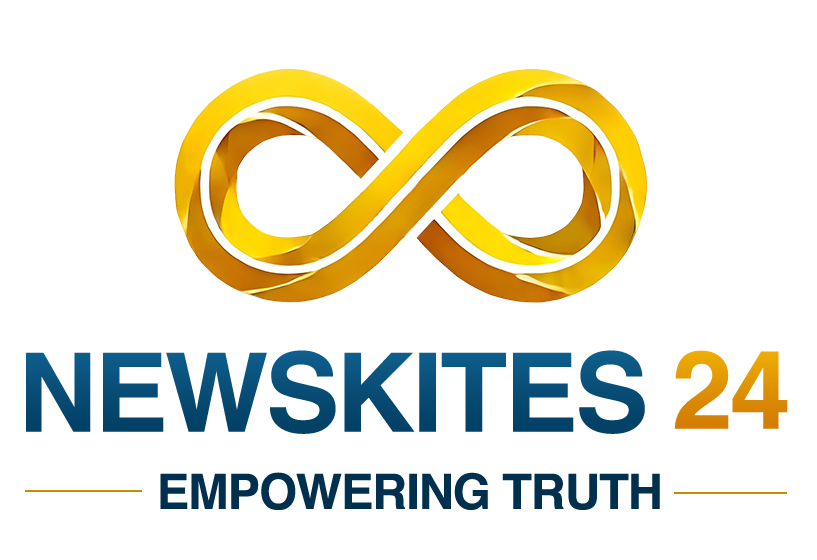







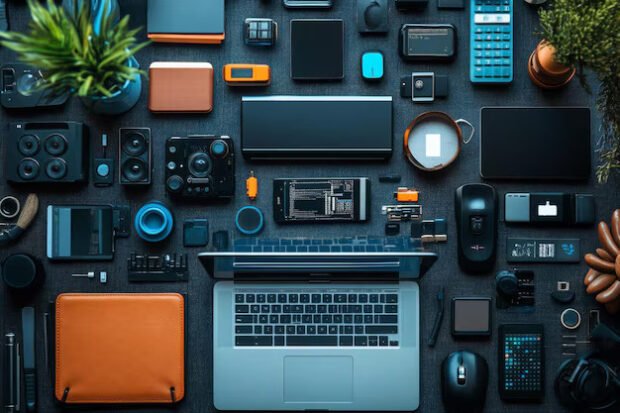
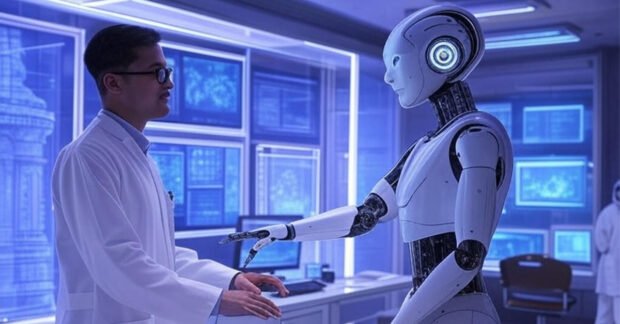
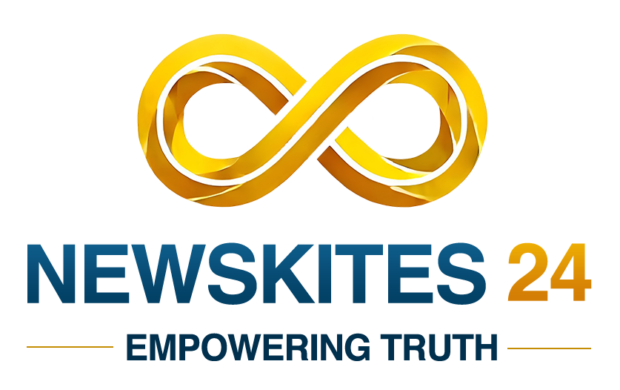
Be the first to leave a comment